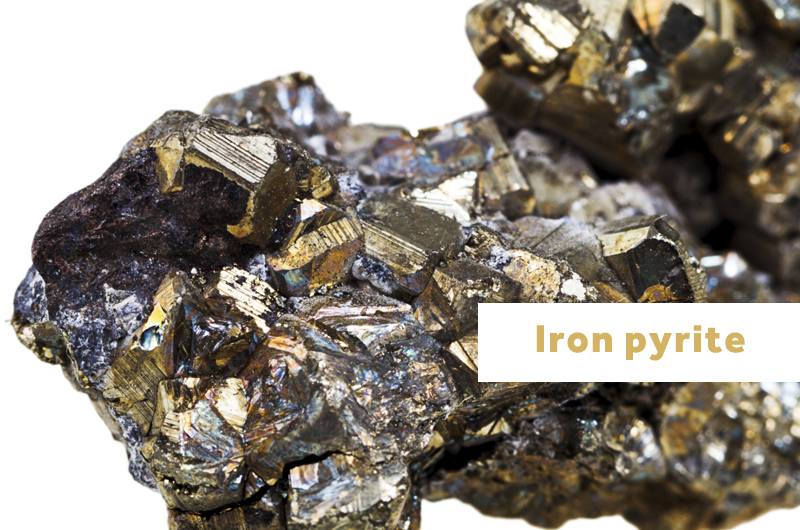How Can You Tell Gold From Pyrite

The allure of gold has captivated humanity for millennia, fueling dreams of fortune and sparking countless expeditions. But the earth often plays tricks, presenting fool's gold, or pyrite, a mineral that glitters with a deceptive shine, leading many aspiring prospectors to disappointment. Understanding the differences between these two minerals can save time, effort, and shattered dreams.
The ability to differentiate between genuine gold and pyrite is crucial for anyone involved in prospecting, mining, or even simply collecting rocks and minerals. This knowledge allows for accurate assessment of potential value and avoids misidentification, which can have significant financial and emotional consequences.
Understanding the Key Differences
Gold (Au) and pyrite (FeS2), also known as iron pyrite or fool's gold, are both metallic minerals that can appear similar to the untrained eye. However, their chemical compositions and physical properties are vastly different, offering several methods for distinguishing between the two.
Visual Inspection
One of the first and easiest ways to differentiate is through visual inspection. Gold tends to have a rich, buttery yellow color, while pyrite often exhibits a brassy-yellow hue, sometimes with a greenish tint.
Pyrite's color can vary depending on its impurities, but it generally lacks the deep, warm tone associated with gold. Gold also possesses a metallic luster, while pyrite's luster is often described as more brilliant or even slightly tarnished.
Streak Test
The streak test is a reliable method for identifying minerals. This involves rubbing the mineral across a white ceramic streak plate.
Gold will leave a golden-yellow streak, whereas pyrite will leave a greenish-black or brownish-black streak. This difference in streak color is a definitive indicator.
Hardness Test
Hardness, measured on the Mohs hardness scale, is another key differentiating factor. Gold is relatively soft, with a hardness of 2.5 to 3, meaning it can be scratched by a copper coin (hardness of 3).
Pyrite, on the other hand, is significantly harder, with a hardness of 6 to 6.5. It cannot be scratched by a copper coin, and can even scratch glass (hardness of around 5.5).
Malleability and Ductility
Gold is exceptionally malleable and ductile, meaning it can be hammered into thin sheets or drawn into wires without breaking. Pyrite is brittle and will shatter if struck with a hammer.
This difference in physical properties is due to the atomic structure of each mineral. This test should be performed with caution, especially when dealing with potentially valuable specimens.
Crystal Structure
While often found in irregular shapes, pyrite commonly forms distinct cubic or octahedral crystals. Gold, on the other hand, rarely forms well-defined crystals.
Its often found in nugget or flake form. Observing the crystal structure, if present, can be a helpful clue.
The Significance of Correct Identification
Accurately identifying gold and pyrite has significant implications. For prospectors, it determines whether they've struck it rich or encountered a common mineral.
For mineral collectors, it ensures the authenticity of their specimens. Misidentification can lead to wasted time, resources, and potential financial losses.
Expert Opinions and Resources
Geological surveys and mineralogical societies offer valuable resources for identifying minerals. Consulting with a qualified geologist or mineralogist can provide expert analysis and confirmation.
Websites such as the United States Geological Survey (USGS) and the Mineralogical Society of America offer detailed information on mineral properties and identification techniques.
A Word of Caution
While these methods are generally reliable, some situations may require more advanced testing. Small particle size, alteration, or the presence of other minerals can complicate visual identification.
In such cases, laboratory analysis, such as X-ray diffraction, may be necessary for definitive confirmation.
Conclusion
Differentiating between gold and pyrite involves understanding their distinct physical and chemical properties. By employing techniques such as visual inspection, streak testing, and hardness testing, anyone can learn to avoid the pitfalls of fool's gold.
The knowledge of these differences is not only crucial for prospectors and collectors but also offers a fascinating glimpse into the world of mineralogy and the enduring allure of precious metals.


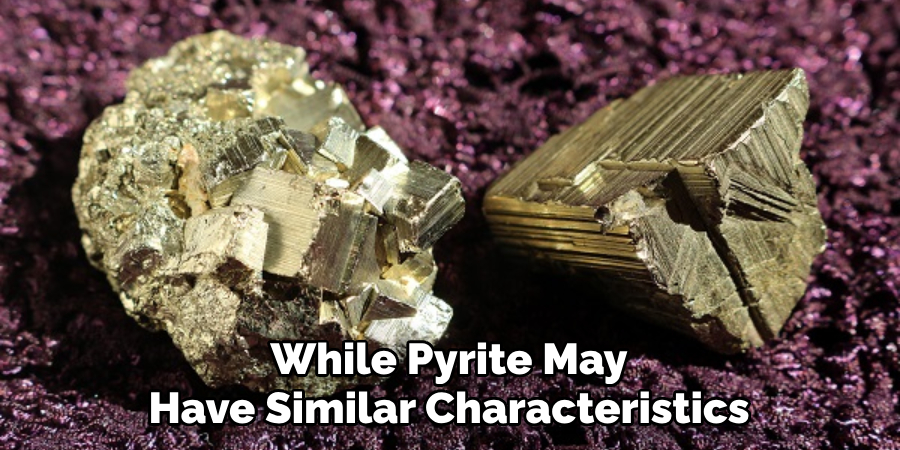


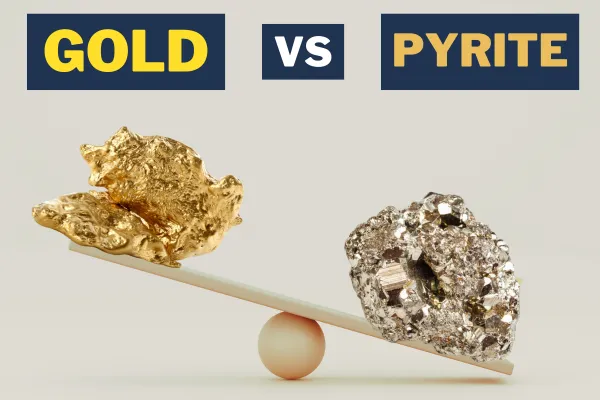
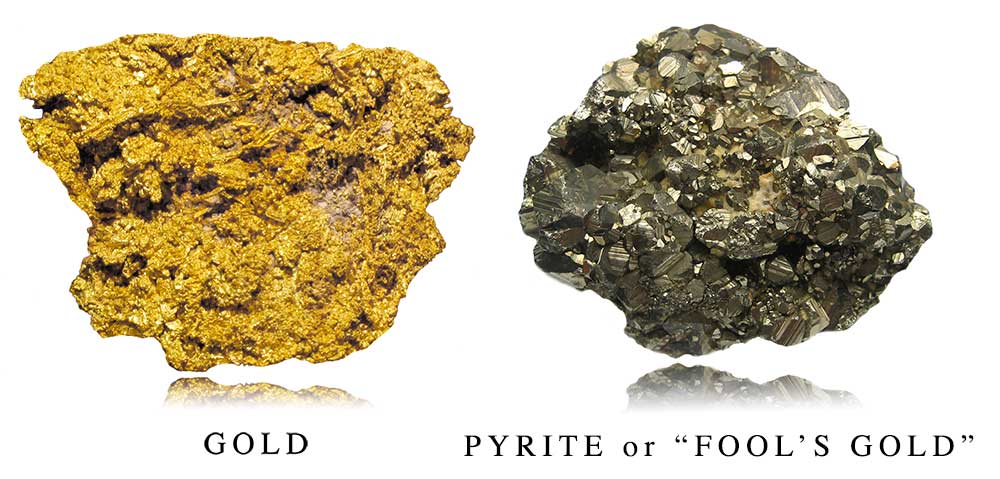

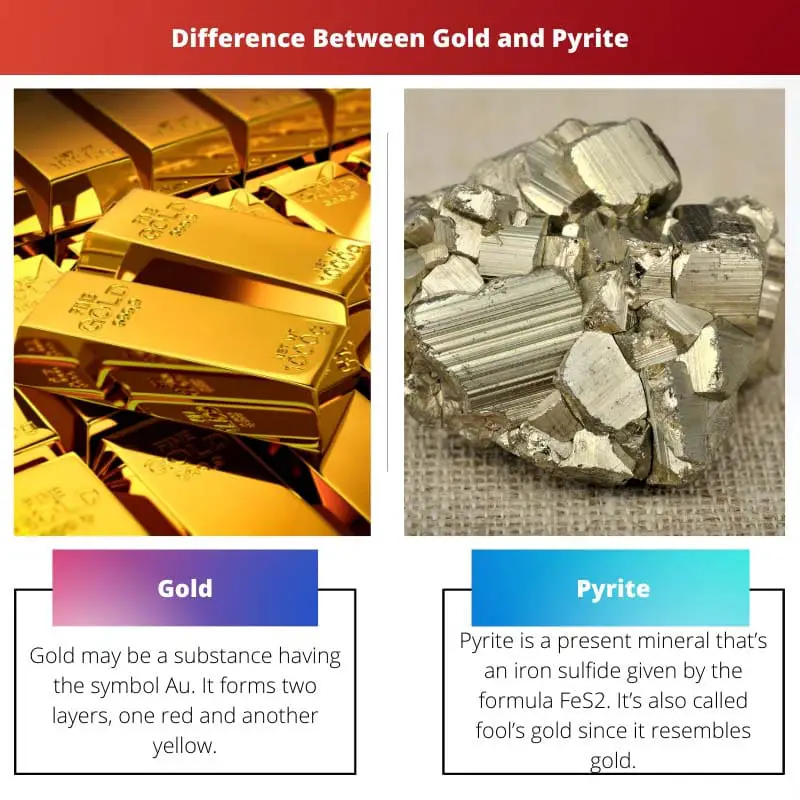
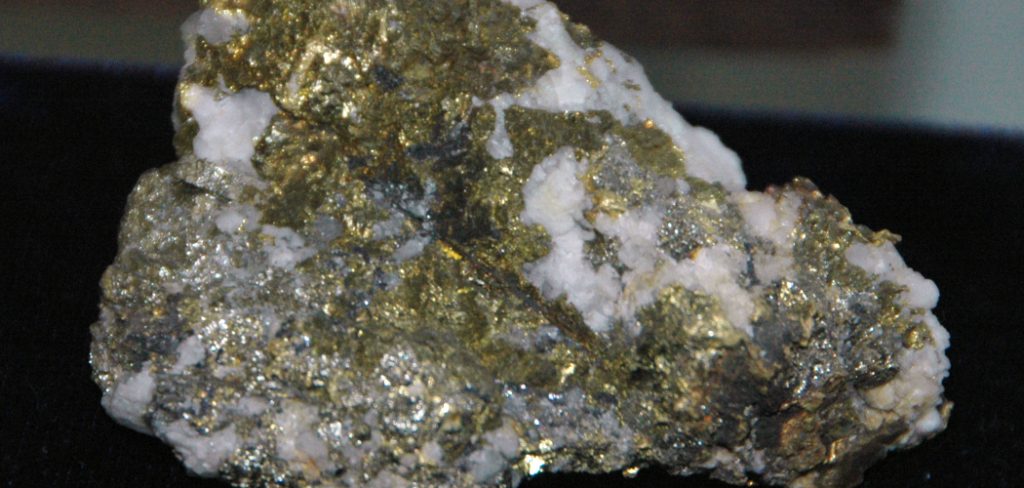


+by+hitting+it+with+a+rock.jpg)

